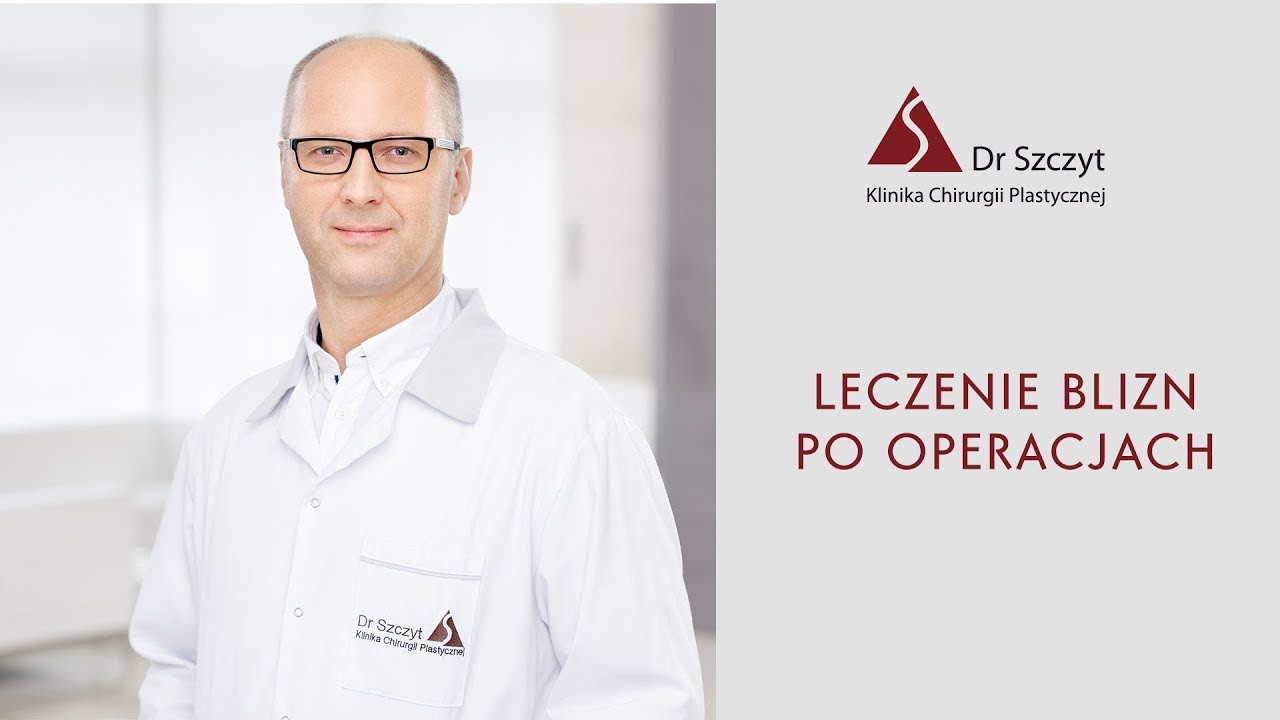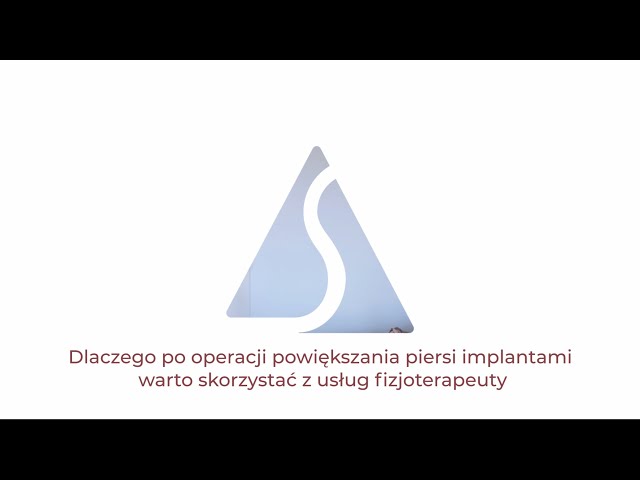Physiotherapy after plastic surgery - how does it support recovery and improve the effects of surgery?

Postoperative physiotherapy plays a very important role in reducing swelling, accelerating tissue regeneration and improving the appearance of scars. Proper manual techniques and modern rehabilitation methods not only help relieve discomfort, but also support the body in a full recovery. What physiotherapy treatments are most effective and why should you include them in your recovery? How physiotherapy helps you achieve the best results after plastic surgery.
Physiotherapy after plastic surgery - the key to rapid recovery and lasting results
Plastic surgery allows you to improve your appearance and increase your self-confidence, but achieving optimal results depends not only on the surgery itself, but also on a proper recovery process. Post-operative physiotherapy is an indispensable part of recovery, which not only speeds up tissue healing, but also effectively reduces the risk of complications and improves the aesthetic effect.
Even in the first days after surgery, the main goal of physiotherapy is to reduce pain and reduce swelling, thus avoiding lymphatic stasis and speeding up recovery. Specialized manual techniques, lymphatic drainage and gentle mobilization help to efficiently remove fluids from the body, reducing the feeling of tension in the operated areas. Thanks to properly selected methods, patients can return to daily activities faster, enjoying the results of the procedure without long-term discomfort.
Scar therapy is also an integral part of recovery, as the process of scar formation takes up to several months after the surgeon's intervention. Experienced physiotherapists use modern techniques, including laser therapy, elasticizing massages and scar mobilization, which improve their structure and make these scars less visible. Individually tailored methods result in soft, flat and flexible scars that blend harmoniously with the surrounding tissues, increasing patient satisfaction with the results.
How to match physiotherapy to the patient's needs?
Recovery from plastic surgery is an individual process that largely depends on the type of surgery performed, the degree of surgical interference and the patient's overall health.
How does the type of surgery affect physiotherapy?
Not every surgery requires the same form of rehabilitation. For body contouring surgeries like liposuction or abdominoplasty (abdominal plication), the goal of physiotherapy is to eliminate lymphedema and improve skin elasticity. On the other hand, after breast surgery (breast augmentation, reduction or breast lift), physiotherapy focuses on restoring normal chest mobility and preventing adhesions.
Treatments requiring physiotherapeutic support:
- Liposuction - elimination of swelling, skin firming, lymphatic drainage,
- Abdominoplasty - scar therapy, reduction of tension in the abdominal area, improvement of mobility,
- Breast augmentation/reduction - improving posture, preventing swelling, restoring full muscle function,
- Facial surgery (facelift, eyelid correction, rhinoplasty) - reducing swelling, improving lymphatic drainage, making tissues more flexible.
With a personalized approach, physiotherapists select the appropriate therapeutic methods that best suit the patient's needs.
Methods used in postoperative physiotherapy
A variety of techniques are used in aesthetic physiotherapy to promote tissue regeneration and improve the effects of the procedure.
- Lymphatic drainage - a gentle massage to help reduce swelling and remove toxins from the body.
- Manual therapy and scar massage - makes tissues more flexible, prevents adhesions and improves blood supply to the skin.
- Kinesiotaping - patches to promote circulation and reduce skin tension.
- Ultrasound/shock wave therapy - promotes tissue regeneration, stimulates collagen synthesis.
Each of these methods is designed to speed up the healing process, improve the appearance of skin and scars, and prevent complications such as fibrosis.
Individual approach to the patient
Postoperative rehabilitation should not be considered a one-size-fits-all regimen. Each patient requires an individualized therapy plan. Age, skin elasticity and level of physical activity also affect the rate of recovery.
Close cooperation between the physiotherapist and the plastic surgeon makes it possible to monitor progress on an ongoing basis and modify the therapy plan if necessary. This makes it possible not only to speed up the return to full fitness, but also to achieve optimal aesthetic results.
FAQ
Why is physiotherapy after plastic surgery so important?
Postoperative physiotherapy accelerates tissue regeneration, reduces swelling, improves circulation and skin elasticity, and reduces the risk of complications. With appropriately selected methods, patients can return to normal function faster and enjoy the optimal results of the surgery.
What surgeries are worth receiving physiotherapy after?
Physiotherapy is especially recommended after liposuction, abdominal plastic surgery, breast surgery, and facial surgery.
What physiotherapy methods are most commonly used after plastic surgery?
Among the most effective methods of post-surgical physiotherapy are lymphatic drainage, manual therapy and scar massage, kinesiotaping, ultrasound/shockwave therapy.
When is the best time to start physiotherapy after surgery?
It is recommended to start physiotherapy as early as the first week after surgery to prevent swelling and promote healing. However, the exact timing depends on the type of surgery and the recommendations of the attending physician.
How many physiotherapy sessions are needed after plastic surgery?
The number of sessions depends on the type of procedure and the individual needs of the patient. Most often, a series of 5-10 treatments is recommended, but in some cases, such as after abdominal plasty or breast augmentation, a longer treatment may be necessary.
Can physiotherapy help reduce scars?
Yes, the right techniques help reduce the visibility of scars, improve their elasticity and prevent the formation of adhesions. As a result, they become less visible and better integrated into the surrounding skin.
Does physiotherapy after plastic surgery hurt?
Most physiotherapy treatments are painless and relieve the patient. Some techniques, such as scar therapy and lymphatic drainage, may cause mild discomfort, but are always tailored to the patient's individual sensitivity.
Does physiotherapy help avoid postoperative complications?
Yes. Regular physiotherapy treatments reduce the risk of complications, limiting the occurrence of chronic swelling, adhesions, tissue irregularities, limited mobility or excessive scarring. They also help improve the appearance and tone of the skin after surgery.
Is it a good idea to get a physiotherapy consultation before surgery?
Yes, consultation with a physiotherapist prior to surgery helps to better prepare the body for surgery and plan the optimal recovery process. The patient is given guidance on appropriate exercises, skin care and post-surgery policies.
Is physiotherapy after plastic surgery for everyone?
Most patients can benefit from postoperative physiotherapy, but there are some contraindications, including active infections or tissue inflammation. It is always a good idea to consult with your treating physician or physiotherapist before starting therapy.
Worth watching





















